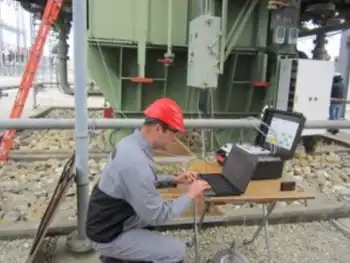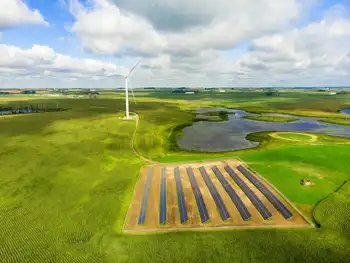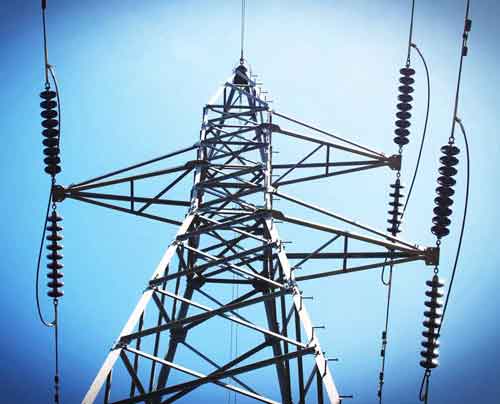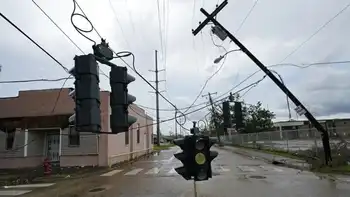Kentucky PSC looking for more reliability data
By Kentucky Public Service Commission
Arc Flash Training CSA Z462 - Electrical Safety Essentials
Our customized live online or in‑person group training can be delivered to your staff at your location.

- Live Online
- 6 hours Instructor-led
- Group Training Available
In a recent order, the PSC also requires electric utilities to submit plans detailing how they manage vegetation along distribution system power lines.
“The information we are requiring from the electric utilities will enable the PSC to determine in the coming years whether there is a need for standards for both electric service reliability and vegetation management,” PSC Chairman Mark David Goss said. “We cannot, nor should we, set standards until we know how well the utilities are doing.”
This order marks the end of an investigation opened by the PSC in December 2006. The investigation stemmed from recommendations made in 2005 in a PSC report on KentuckyÂ’s electric infrastructure. That report noted that utilities are not required to and do not report reliability data in a standard way. Utilities are also not subject to vegetation management standards.
All regulated electric distribution utilities in Kentucky participated in the proceeding. They provided the PSC with information on how they measure and report reliability and their vegetation management practices.
In written testimony and at a hearing, utilities also provided their views on requiring uniform reliability reporting, setting standards for reliability and vegetation management and requiring vegetation management plans.
The PSC determined that a reliability standard is not needed at this time, in part because there is “no broad evidence of inadequate service or sufficient comparative information” to support such a standard, the PSC said in the order.
Furthermore, considerable differences in “geography, customer density, age of infrastructure, past operating practices, and other factors” can lead to differing expected reliability levels among utilities, the PSC said. A uniform standard might be too lenient for some utilities but unreasonable for others. But utilities should report their reliability data in a uniform manner, the PSC said.
This order sets out the following reporting requirements, which take effect immediately: • Each reliability index should be calculated for at least the five calendar years preceding the filing of the annual report, which is due by April 1 of each year. • Each reliability index should be calculated for the utility’s entire system. • Utilities are to record outages and their duration. • Reports must include an analysis of the causes of outages in the previous year and how much each cause contributed to outages overall. • Utilities are to identify the 10 worst-performing circuits for each outage index and identify the predominant cause of the reliability problems on that circuit.
“This action by the PSC is just the first step in a careful process of evaluating how well the jurisdictional electric utilities in Kentucky are meeting the statutory requirement that they provide their customers with reasonable continuity of service,” Goss said.
“Kentucky’s electric utilities do not appear to have any widespread reliability issues,” he said. “These reporting requirements will serve to identify any emerging problems and enable the PSC to take the necessary steps to have them corrected.”
The formal plans are to include information on how often rights-of-way are cleared, how reliability data are used in setting vegetation management practices and how a utility judges the effectiveness of its vegetation management practices.
In assessing vegetation management, the PSC noted that the need to keep vegetation away from power lines often conflicts with the desire of property owners to minimize tree trimming. In opposing a uniform vegetation management standard, utilities said that they need flexibility in order to accommodate property owners on a case-by-case basis.
The PSC agreed, but noted that an evaluation of reliability data over the next several years might indicate the need for a vegetation management requirement in order to improve reliability. However, the PSC found that formal vegetation management plans meeting certain minimum requirements are necessary and ordered utilities to submit such plans by the end of this year. While most utilities already have internal plans, they are not currently required to be filed with the commission.
Utilities are required to report reliability using specific methodologies and indices that are standard in the electric industry.











